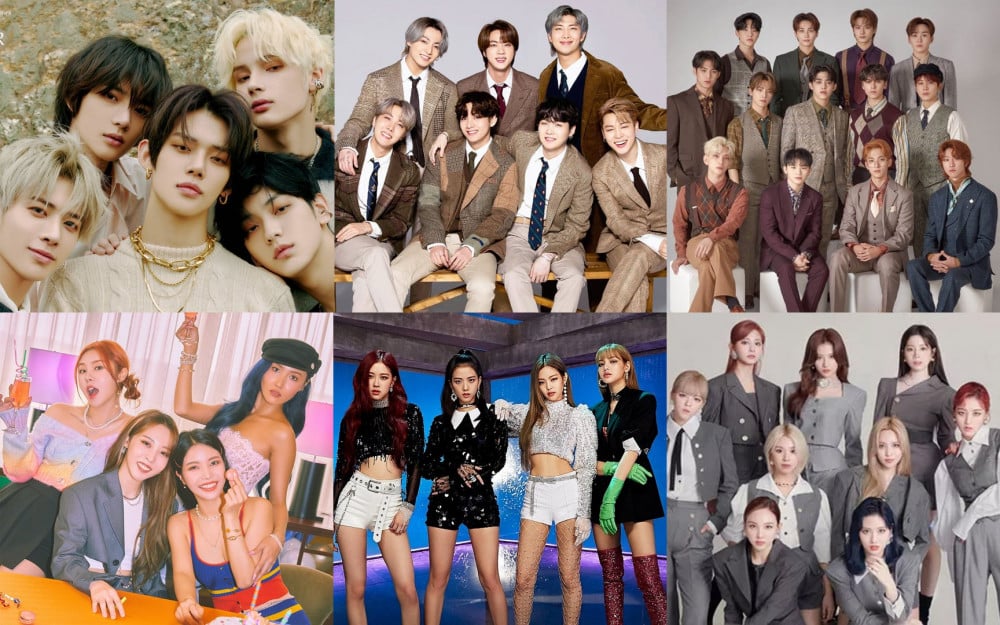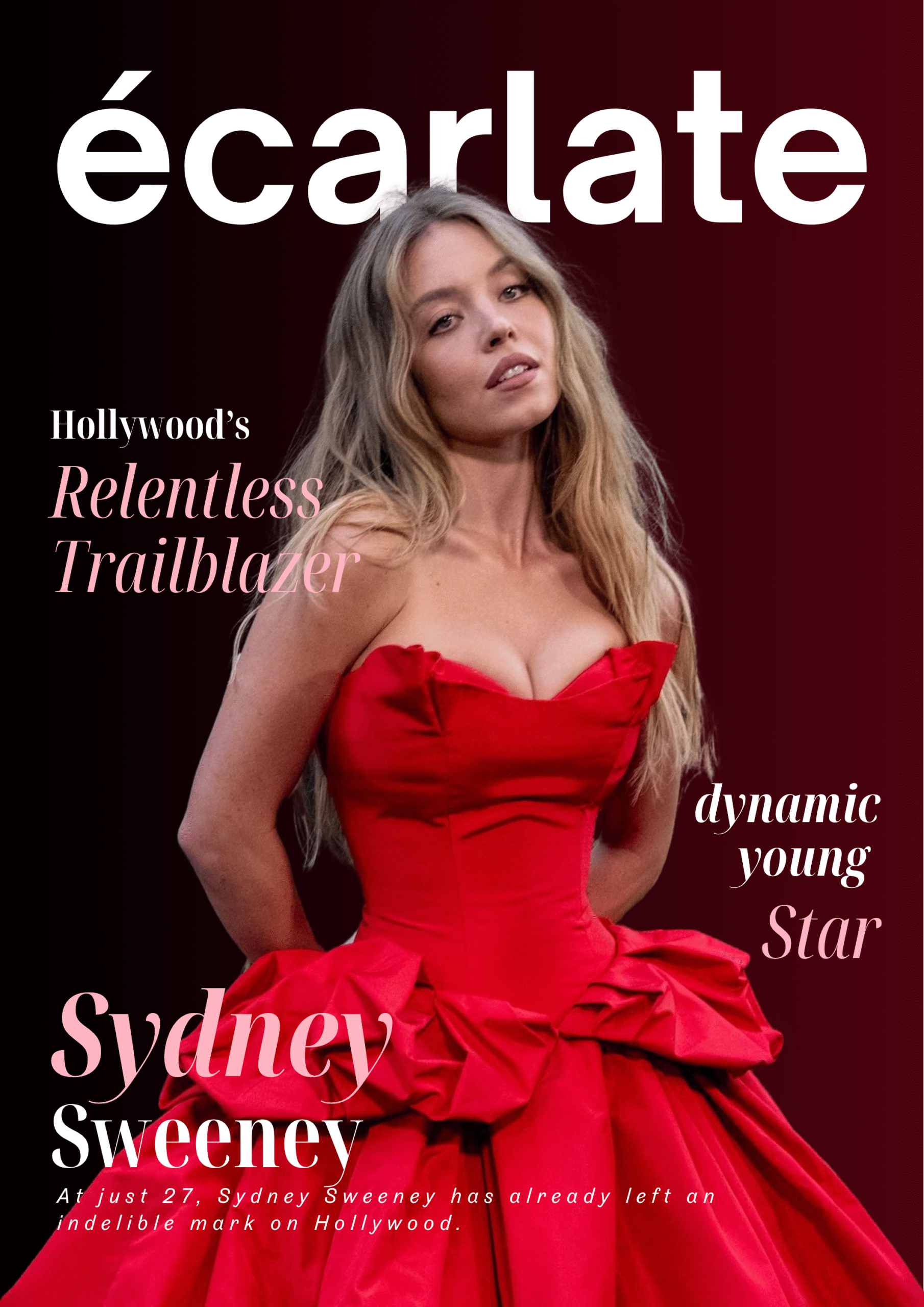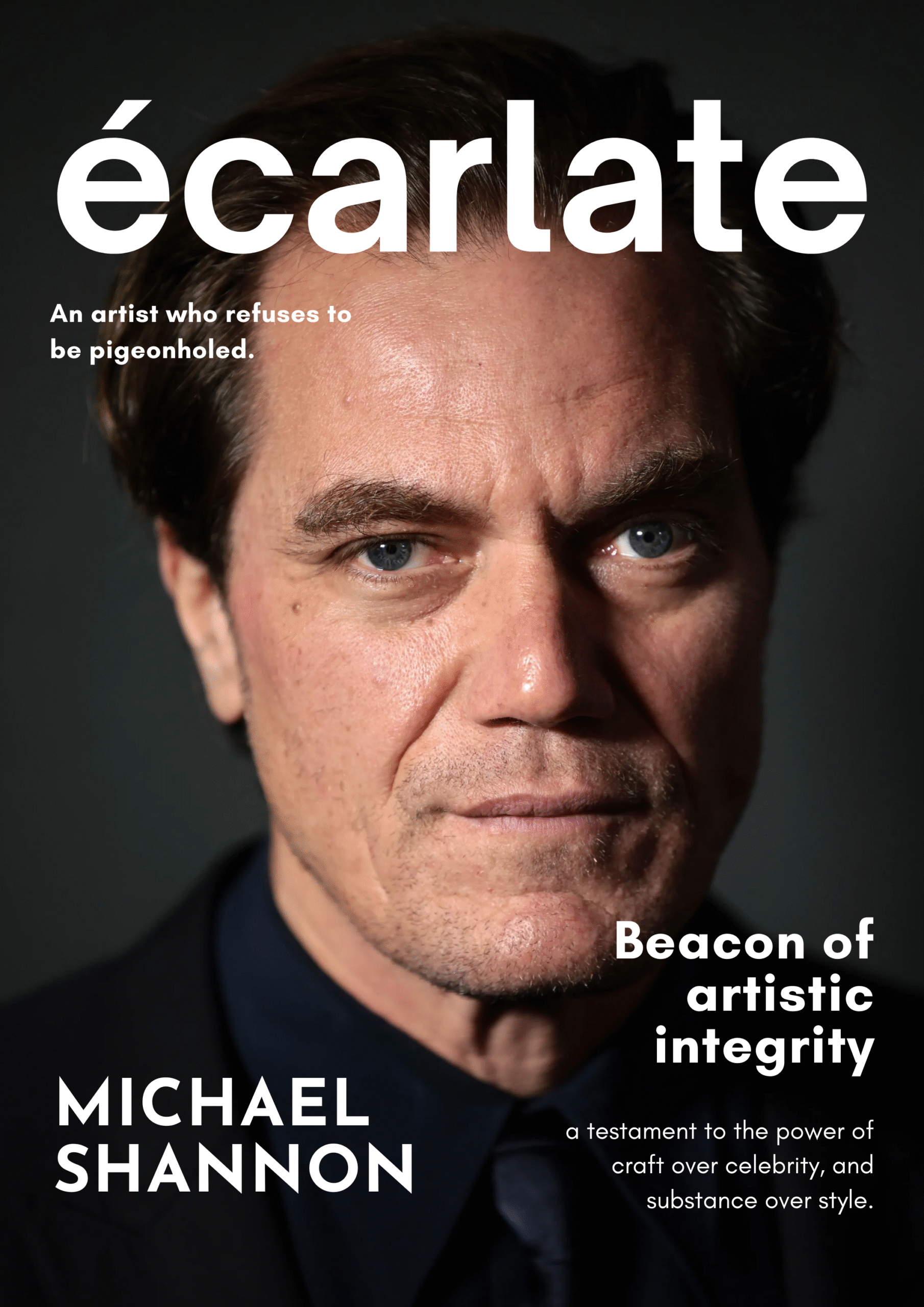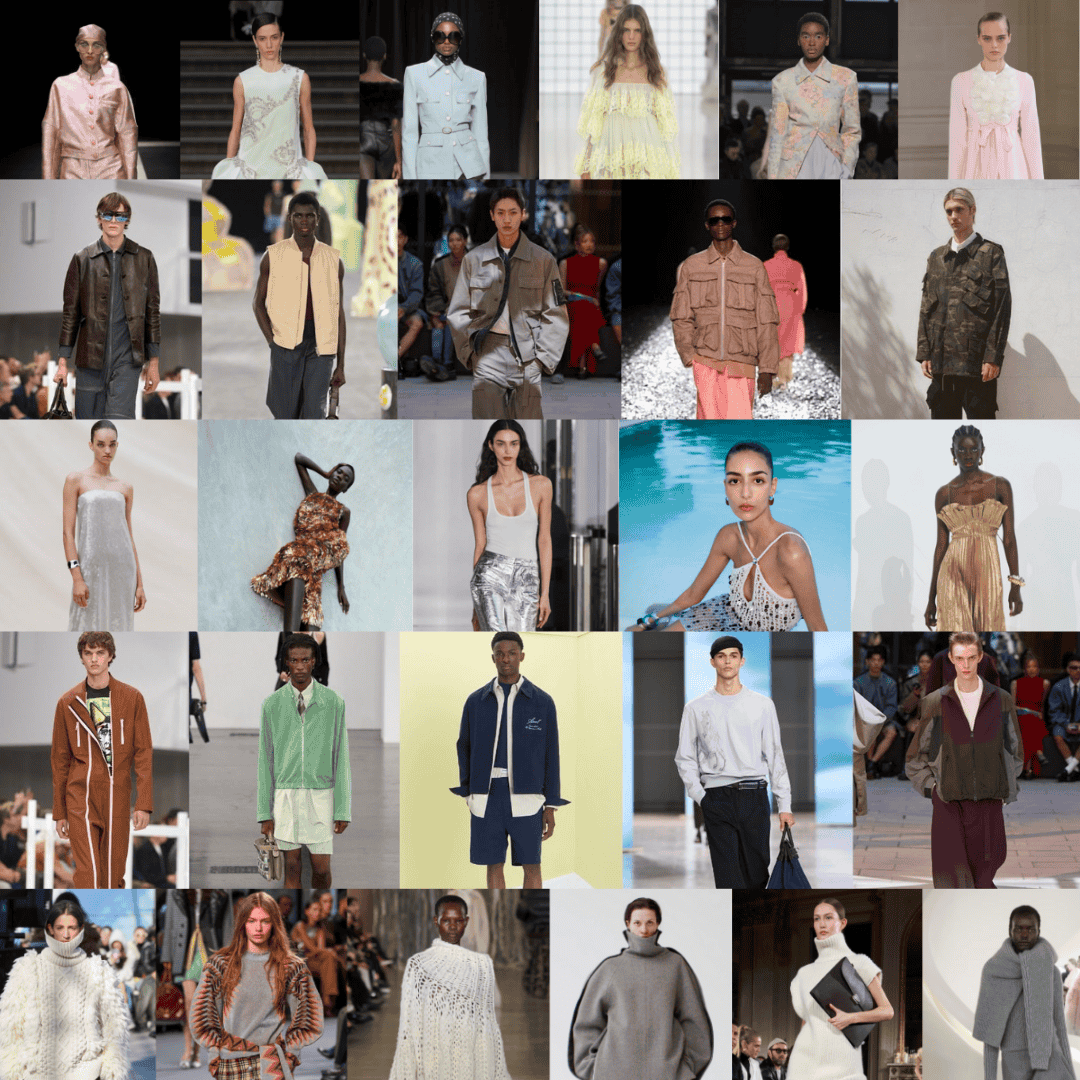For a decade, K-pop wasn’t just a sound—it was a look, a mood, a lifestyle. The idols of Seoul turned stages into runways, bringing audacious silhouettes, neon hair, and sculptural beauty to the world stage. They didn’t just perform—they projected, combining genre-bending music with hyper-curated fashion, making them muses for designers and streetwear kings alike.
But now, as we step further into 2025, the world seems to be quietly asking: Has the global K-pop obsession peaked?
From the halls of Paris Fashion Week to the scrolls of TikTok, there are signs the golden era of K-pop stardom might be waning—not with a dramatic fall, but with a soft fade. And in true fashion, the shift is less about sound and more about style—how we look, what we wear, and who we choose to be seen in.
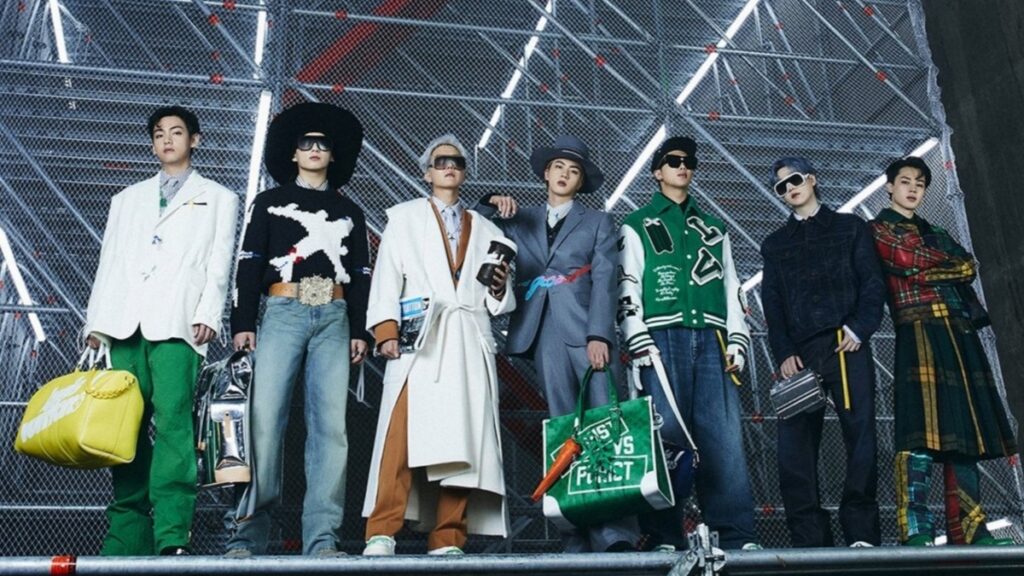
From Seoul to the Runway: How K-pop Redefined Fashion & Fame
When BTS stepped onto the Grammys red carpet in custom Louis Vuitton, it wasn’t just a brand moment—it was a global signal. Korean idols had arrived, not just as entertainers, but as style icons. BLACKPINK’s Jennie became Chanel’s “Human Chanel,” EXO’s Kai fronted Gucci campaigns, and G-Dragon redefined what it meant to be a male fashion tastemaker in Asia.
In the late 2010s and early 2020s, K-pop’s reach was unprecedented. The genre exported Korean culture and fashion with the same ferocity as it did music. Seoul’s streetwear became a global blueprint. Idol airport fashion was dissected like couture. And luxury houses, once Eurocentric in their casting, couldn’t get enough.
But as K-pop became more mainstream, it also became more formulaic. Stylists repeated successful looks across different groups. The edgy experimentation that once made K-pop style feel daring began to settle into safe, commercial territory. And in an era where individuality is the new luxury, sameness is the kiss of death.
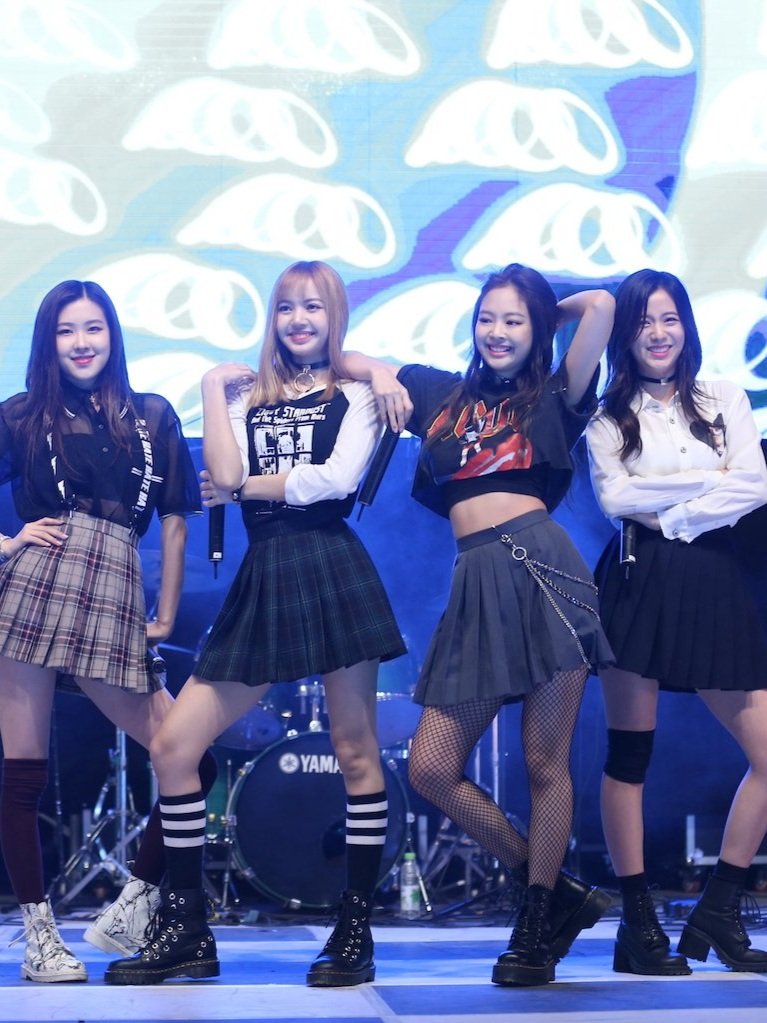
Idol Aesthetic vs. Individual Identity
Perhaps the central paradox of K-pop fashion lies in its construction: idols are dressed, not dressing. Their image is a product of stylists, brand contracts, and agency directives. That doesn’t mean they lack taste—far from it—but the tightly controlled nature of their style limits the space for spontaneity and personal storytelling.
Contrast this with the new wave of fashion icons—like Billie Eilish, Tyler the Creator, or Rosalía—whose looks often feel like unfiltered extensions of their personality. Their style isn’t always polished, but it’s unmistakably theirs.
As fashion leans deeper into “off-beat,” “ugly-beautiful,” and “normcore with a twist,” K-pop’s lacquered looks and symmetrical styling can feel… artificial. Even fans are growing weary of the over-styled idol who feels more like a mannequin than a muse.

Girl’s Day star Hyeri collapsing on stage while performing.
The Human Cost of Perfection
It’s impossible to talk about the decline in K-pop’s stardom without addressing the human toll behind the glamour. Behind every flawless magazine cover lies a system built on discipline, pressure, and sacrifice.
Trainees, some as young as 11, train for years with no guarantee of debut. Diet culture is extreme. Sleep is optional. Breakdowns, burnouts, and scandals—often driven by the immense pressure to maintain a squeaky-clean image—are treated as routine, not red flags.
In recent years, tragic losses have opened wider conversations about mental health in the industry. Fashion, too, is beginning to reckon with the impact of its own pressures. Audiences today are more critical of systems that prioritize image over well-being—and K-pop, once admired for its flawless execution, now faces scrutiny for the perfection it demands.
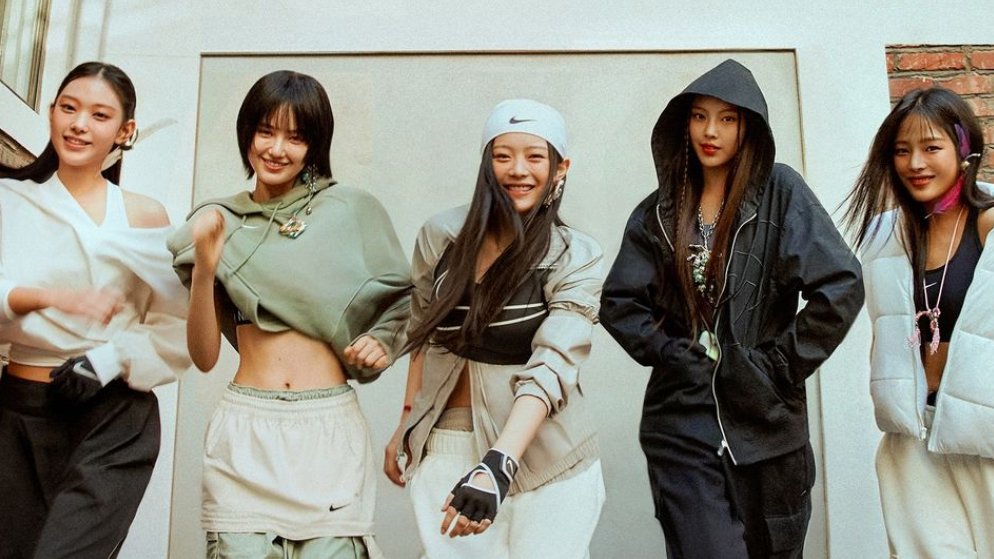
From Manufactured Pop to Unfiltered Cool
Culturally, we’re experiencing a shift. Messy is in. Unedited is sexy. In an age where TikTok stars go viral in thrifted hoodies and undone eyeliner, the K-pop formula—complete with hyper-synchronization and curated personas—feels increasingly out of sync.
This doesn’t mean the fashion isn’t still impeccable. But fashion, like music, is about emotion. And the emotion of the moment? Realness. Quirkiness. A bit of chaos.
Idols like NewJeans are adapting. Their look—a minimalist mix of Y2K, vintage sportswear, and girl-next-door chic—feels less manufactured and more instinctual. It’s casual, wearable, and, above all, human. Groups like them hint at what K-pop could become: a genre that evolves from theatrical perfection into something more personal.
So, What Happens Next?
Is K-pop disappearing? Not at all. But the monopoly it once held over global youth culture—and fashion—is being challenged by newer, bolder, and less centralized movements. The current pop zeitgeist is multilingual, multi-aesthetic, and far more unpredictable than ever before.
For K-pop to thrive in this new climate, it must do what all great fashion movements do: reinvent. Embrace imperfection. Let idols dress themselves. Share more than just visuals—share point of view.
Because while fashion has always loved fantasy, what it craves now is truth. And in an industry built on image, the boldest look K-pop could serve next might just be authenticity.
